In this Webinar, Vahé Karamian (President of VRAR Association – Los Angeles and CTO of Noorcon Inc.) and Taron Khachatryan (Founder at Knoxlabs) discuss everything from industry use cases of VR and AR, bottlenecks and barriers to entry, integration and scalability, and where XR for enterprise is heading in the future.
The full Webinar is available to view on LinkedIn.
Integration and Scalability
Vahé: Once we have an application and content, one of the biggest challenges is deploying it in large quantities, especially into enterprise. How is scalability going to be addressed?
Taron: It’s a lot of let’s try it, and then we can scale it up. I want to emphasize that we’re not going to see a lot of large-scale deployments in the beginning, which is now. It’s important to support it at the evaluation stage and internally we’re having that shift too, how do we support a 1 – 10 device deployment and nail down that use case?
When it’s more than one headset, integrating it for a team to use, and integrating that into a tech stack that the business uses already, can be a headache.
We want to make it easier for a team with something like a kit that’s ready to work out of a box. The wifi router is built into the box, and it can stream to four headsets simultaneously with a skeleton software around that, so you can just press play. We’ve helped set up an arcade before, and setting up four headsets for wireless use was a headache. There’s so many steps, and doing it yourself would mean buying a wifi router, integrating that into your existing stack, connecting that to each headset, making sure they’re all syncing, and then deploying the content.
Kits can mean getting something deployed in 2 hours versus a week.
“I’m here to expand our industry, and give it the life that it deserves. I want to bring everything under one umbrella. There’s so many things to build for XR, both hardware and software, it’s like a blue ocean right now. It’s not the place for making better buttons, or streamlined CRMs, this is a place where innovation is the parent of necessity, not the other way around.” – Taron Khachatryan
Barriers to Entry
Vahé: What are some of the challenges that VR is facing currently?
Taron: The main barrier to entry isn’t the tech. The technology itself is there, but one of the primary bottlenecks that most of the enterprises we’ve spoken to have is the maintenance. The biggest concern that they all have is how are we going to integrate this into our current infrastructure, and how can we maintain it?
It’s hard to make sure it complies with what you’re doing, getting it to work correctly, integrating it into your tech stack, and managing multiple devices. An IT person has to become a fully dedicated AR/VR ambassador in their company, and then have a whole team behind them helping to integrate this.
The key here is for companies that don’t have that capacity for a whole XR division, is to lower that barrier to entry. We’ve started building a dedicated support team, and while everyone has their own way of doing things, the most important thing is helping the buyers and users to integrate. It’s a lot of on-site training for the users on their end. For example with Magic Leap, we can join remotely and give a tour of the device internally.
There isn’t one solution that fits all, but there is a good toolbox. The hardware side is there, and on the management side, companies like ManageXR are making it easier.
Vahé: That’s one of the questions that we have to continuously answer and think about. You have to introduce and train your workforce to use a particular computing device, and for much of the workforce, it’s their first time seeing or experiencing this technology.
From a software perspective, the industry is moving toward an Open XR standard. One drawback is everyone has their own SDKs and their own libraries, with their own platform’s specifications.
Top Use Cases
Vahé: What are some of the top use cases with VR for enterprise?
Taron: With Mixed Reality (MR) becoming better quality, like Meta Quest’s latest headset with much better MR, and Apple Vision announced giving access to cameras for enterprise use cases, Remote Assistance is a top use case.
You can join from a traditional 2D device to see what the person is seeing, and then you can see the flat screen on your headset and the physical world and an expert who can help guide you through the process.
Vahé: Yes, this is what I’ve seen as the primary use case for enterprise, either training or guidance using remote assistance. Training is the biggest use case, which we are concentrating on, specifically with GMP (Good Manufacturing Practices) training.
Training is very time consuming, the SOPs you have to go through are pretty complicated, and can be boring. The cost of training and retraining is actually pretty high, so from our perspective that’s where we can help. Once you go through the procedure and perform the actual actions in a virtual or simulated environment, that actually helps with muscle memory and the knowledge retention is higher, compared to reading hundreds of pages of documentation.
Different Problems, Different Solutions
“I want a place where we’re building VR for VR. We’re doing this for bettering the field or the industry. I want Knox to bring people together, where it’s a catalyst for the industry. Open, transparent, and for the good of XR.” -Taron Khachatryan
Vahé: Since there are so many different types of hardware out there, what devices should the company choose to use?
Taron: I’m always trying to think from a use case perspective, not push a particular product over the other, but truly understand what it is that the business is trying to solve. The industry has shown that it likes the tech, but it needs to make sense. How can it make a process better?
I want to concentrate on the processes that actually do require an AR or VR solution, it needs to be something that I can’t do better on a flat screen. What is something that can give me a 10x improvement on a process that exists if I use this tech?
For example, for surgeries in a medical room, you want something to be non-obstructive. So what would make sense is Magic Leap, since it doesn’t get in the way. You put it on and then you use it, there’s no extra get into this app, or orientation, it’s very to the point.
Vahé: Absolutely, for instance, Magic Leap devices are going to be much more beneficial on a factory floor.
The full Webinar is available to view on LinkedIn.
Talk to an XR Expert

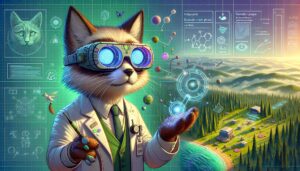


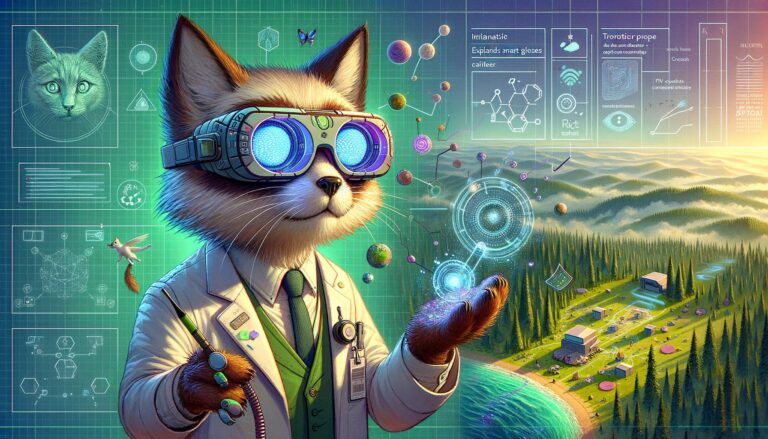
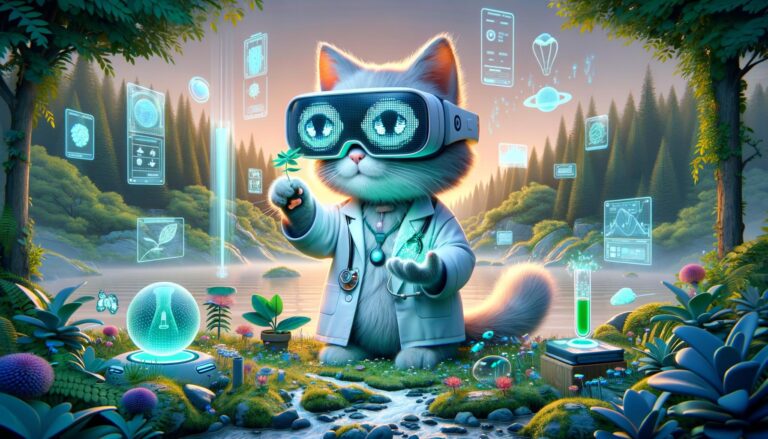
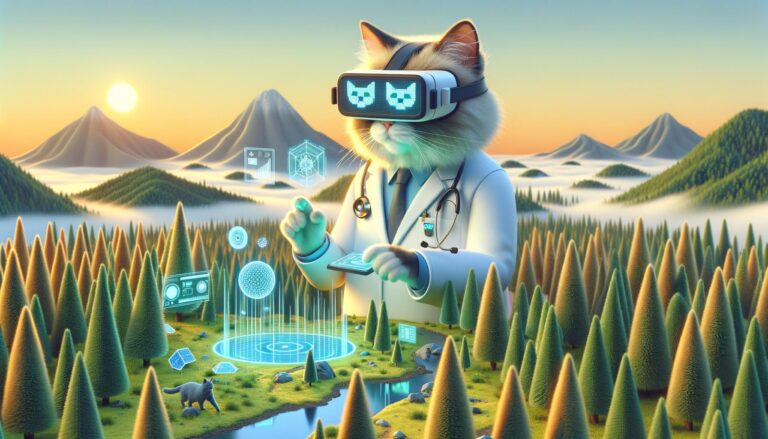

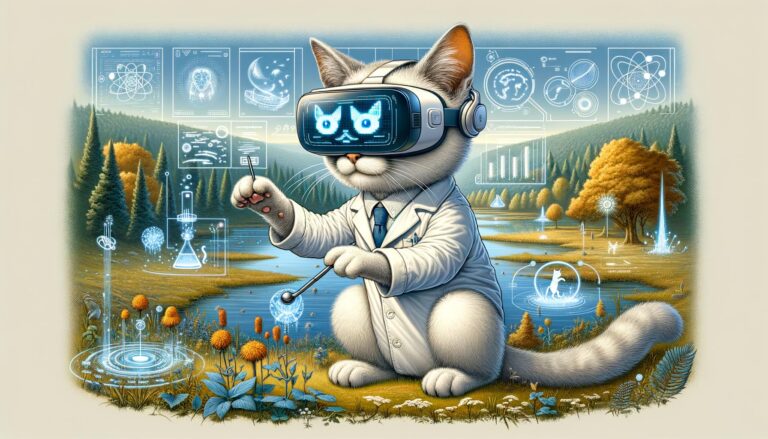

+ There are no comments
Add yours